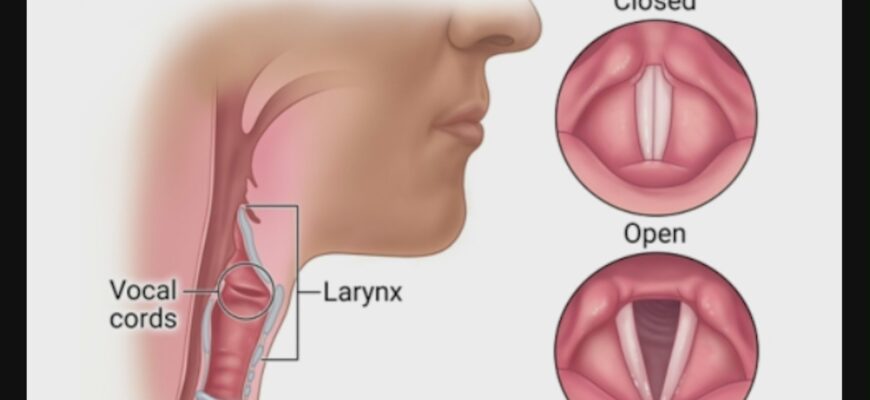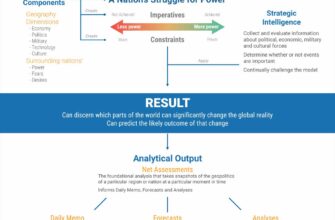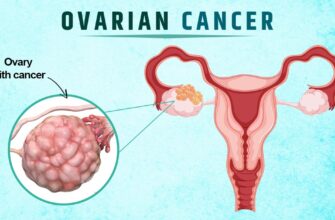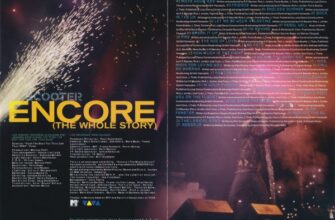Imagine a world where a damaged voice, once thought beyond full repair, can find its resonant return. Researchers at McGill University are turning this vision into a tangible reality with a groundbreaking biomaterial.
A Silence Broken: The Profound Impact of Voice Loss
The human voice is more than just a sound; it is a fundamental tool for communication, expression, and connection. Its loss or severe impairment due to injury, disease, or aging can be profoundly debilitating, affecting personal relationships, professional capabilities, and overall quality of life. For decades, restoring damaged vocal cords has presented a formidable challenge, often leading to imperfect solutions that manage symptoms rather than truly repairing the underlying tissue.
The Intricate Challenge of the Human Voice Box
Vocal cords are remarkably delicate structures, vibrating hundreds of times per second to produce sound. This constant movement, coupled with their unique biomechanical properties, makes them incredibly difficult to repair effectively. Traditional treatments often involve surgery to remove damaged tissue, which can lead to scarring, altering the vocal cords` elasticity and flexibility. The result is frequently a voice that, while present, lacks its former clarity, range, or strength—a constant reminder of what was lost. The body`s natural healing mechanisms, while powerful, often struggle to restore the precise cellular architecture needed for optimal vocal function.
Engineering a Solution: The “Clickable” Hydrogel
In a significant leap forward, researchers from McGill University in Canada have developed an innovative injectable biomaterial—a “clickable” hydrogel—that holds the potential to revolutionize vocal cord regeneration. This isn`t merely a filler; it`s a meticulously engineered substance designed to mimic the natural extracellular matrix of laryngeal tissues. Composed of a blend of extracellular matrix components and alginate, the hydrogel is crafted to possess the precise structure and elasticity required for proper vocal cord function.
The true genius behind this material lies in its use of “click chemistry.” This advanced chemical process allows for highly efficient, specific, and tunable reactions, enabling the scientists to precisely control the hydrogel`s mechanical properties, from its stiffness to its degradation rate, ensuring optimal biocompatibility and integration with the body. One might even say it offers a level of precision that would impress the most discerning maestro composing an intricate symphony for the larynx.
From Lab Bench to Larynx: How it Works
The new hydrogel demonstrates several remarkable properties. Firstly, it is designed to be highly resistant to degradation, meaning it persists long enough to facilitate true tissue regeneration. It also tolerates repeated injections, offering flexibility for clinical applications. More crucially, this biomaterial isn`t inert; it actively stimulates the body`s natural regenerative processes. In cellular and animal studies, the hydrogel was shown to:
- Promote blood vessel formation: Essential for supplying nutrients and oxygen to healing tissues.
- Reduce inflammation: A key factor in preventing scar tissue formation, which is detrimental to vocal cord function.
- Stimulate tissue regeneration: Encouraging the growth of new, healthy cells that mimic the original tissue.
Over time, the hydrogel seamlessly integrates with the surrounding tissues, effectively becoming a part of the healed vocal cord rather than a temporary implant. This integration is vital for restoring the complex biomechanics necessary for clear, resonant speech.
A Whisper of a Wider Impact
While the immediate focus of this research is on vocal cord repair, the implications of this “clickable” hydrogel extend far beyond the larynx. The principles demonstrated here could be foundational for the regeneration of other soft tissues throughout the body that are damaged by trauma, surgery, or disease. From muscle repair to nerve regeneration, the ability to engineer biomaterials with such precise control over their properties and regenerative capabilities opens new avenues for regenerative medicine as a whole. It’s a testament to how specialized research can often ripple outwards, benefiting broader fields of medical science.
The Future Sings a Brighter Tune
The development of this injectable biomaterial represents a significant step towards a future where voice loss doesn`t have to be a permanent sentence. While further research and clinical trials are necessary to bring this technology to widespread patient use, the initial findings offer immense hope. For millions worldwide who suffer from damaged vocal cords, the prospect of a genuinely restorative solution means not just regaining a sound, but reclaiming a vital part of their identity. The scientific community, once challenged by the delicate nature of vocal cord repair, can now look forward to a future where innovation helps more voices sing out, loud and clear.








